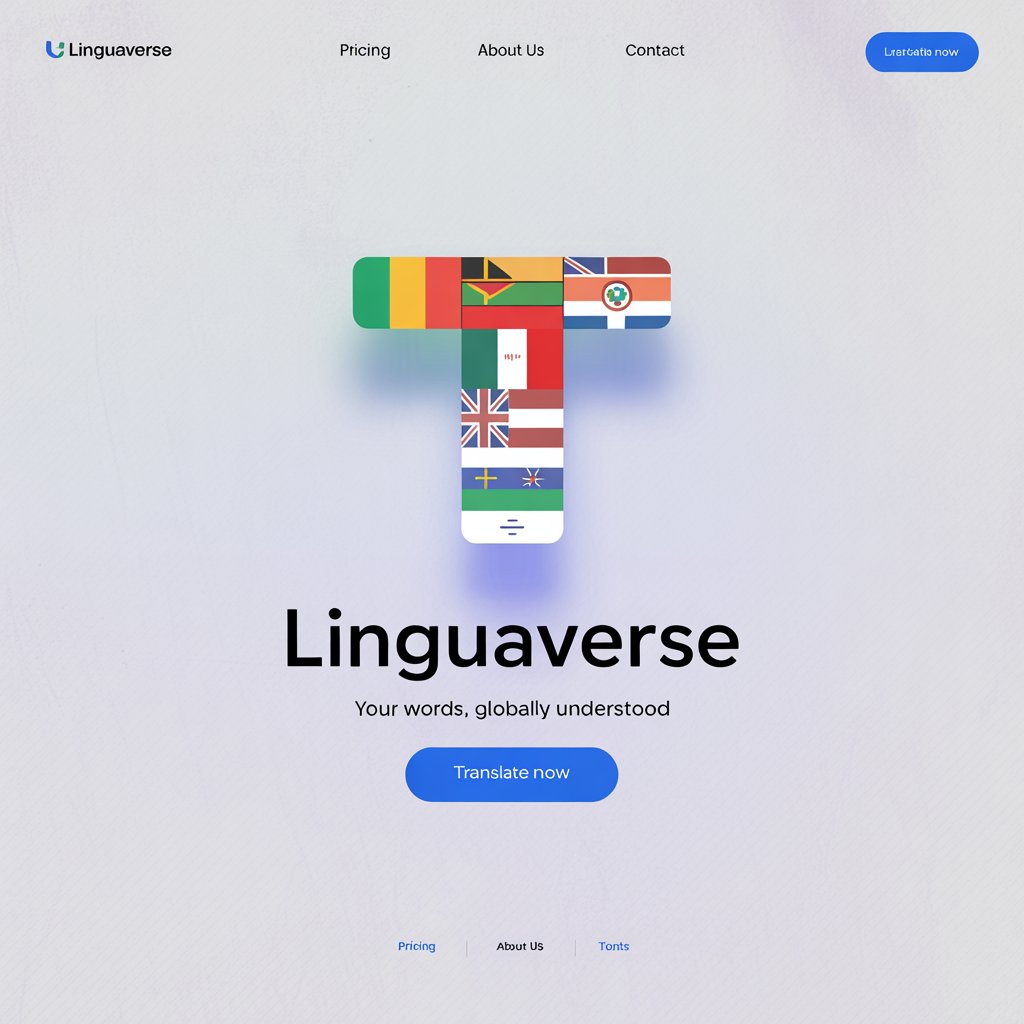Every morning, as the sun peeks over the horizon, a simple phrase echoes across the globe: “Good morning.” It’s a greeting that transcends borders, a universal wish for a bright start to the day.
I remember my first trip abroad, waking up in a small Parisian café, bleary-eyed from jet lag, when the waiter chirped, “Bonjour!” with a warm smile. That moment sparked my curiosity about how the world says “good morning” and what these greetings reveal about the cultures behind them.
Whether whispered in a bustling Tokyo street or sung in a quiet African village, “good morning” carries a shared hope for connection and positivity. Let’s embark on a journey to explore how this phrase is expressed across languages and cultures, uncovering the beauty of human unity in diversity.
A Global Reference Table: Good Morning Around the World
Below is a table showcasing how “good morning” is said in 15 languages, each with a glimpse into its cultural or linguistic significance.
| Language | Phrase | Cultural/Linguistic Insight |
| French | Bonjour | Used all day as a general greeting, reflecting French politeness and formality. |
| Spanish | Buenos días | A warm, plural greeting, often paired with a smile in Latin American cultures. |
| German | Guten Morgen | Precise and formal, used in professional settings in Germany. |
| Italian | Buongiorno | A melodic greeting, often accompanied by expressive gestures in Italy. |
| Mandarin | Zǎo ān | Literally “early peace,” reflecting Chinese emphasis on harmony. |
| Hindi | Suprabhāt | A Sanskrit-derived term, evoking spiritual positivity in India. |
| Japanese | Ohayō | Informal and friendly, used among close acquaintances in Japan. |
| Korean | Annyeonghaseyo | A polite greeting, reflecting Korea’s respect for hierarchy. |
| Arabic | Sabāḥ al-khayr | Meaning “morning of goodness,” used across Arab-speaking countries. |
| Swahili | Habari za asubuhi | Literally “news of the morning,” inviting conversation in East Africa. |
| Zulu | Sawubona | Means “I see you,” used as a morning greeting with deep respect. |
| Yoruba | Ẹ káàárọ | A warm, community-oriented greeting in Nigeria. |
| Maori | Kia ora | A versatile greeting meaning “be well,” used in New Zealand. |
| Hawaiian | Aloha kakahiaka | Combines “love” and “morning,” embodying Hawaiian warmth. |
| Cherokee | Osda sunalei | A greeting tied to nature, reflecting Cherokee spirituality. |
European Languages: A Tapestry of Tradition
In Europe, “good morning” is a blend of formality and warmth, shaped by centuries of cultural evolution. In French, “Bonjour” is more than a morning greeting—it’s a polite acknowledgment used throughout the day. In France, saying “Bonjour” when entering a shop or café is a social contract, a nod to civility. Spanish speakers across Spain and Latin America greet with “Buenos días,” a plural phrase that feels like an invitation to share the day’s promise. In Italy, “Buongiorno” rolls off the tongue with a musical lilt, often paired with animated hand gestures that reflect the culture’s expressive nature. German “Guten Morgen” is crisp and formal, mirroring Germany’s structured social norms, while in Portuguese, “Bom dia” carries a sunny optimism, especially in Brazil’s vibrant morning markets. These greetings reveal Europe’s balance of tradition and individuality, where a simple phrase can open doors to connection.
Asian Languages: Diversity in Harmony
Asia’s vast linguistic landscape offers a rich array of “good morning” greetings, each steeped in cultural nuance. In Mandarin, “Zǎo ān” (early peace) reflects China’s philosophical emphasis on tranquility, often said softly in bustling morning markets. Hindi’s “Suprabhāt” draws from Sanskrit, carrying a spiritual weight in India, where mornings are sacred for prayer and reflection. In Japan, “Ohayō” is casual and intimate, reserved for friends and family, while the more formal “Ohayō gozaimasu” is used in professional settings, showcasing Japan’s respect for hierarchy. Korean’s “Annyeonghaseyo” doubles as a morning greeting, its politeness reflecting Korea’s Confucian values. In Arabic, spoken across 22 countries from Morocco to Iraq, “Sabāḥ al-khayr” (morning of goodness) conveys a wish for blessings, often paired with a warm handshake. From Thai’s “Sàwàtdee kráp/kâ” to Vietnamese’s “Chào buổi sáng,” Asian greetings highlight a shared reverence for mornings as a time of renewal, despite linguistic diversity.
African Languages: Community and Connection
Africa’s linguistic diversity shines in its morning greetings, which often emphasize community and respect. In Swahili, spoken across 14 East African countries, “Habari za asubuhi” invites conversation, reflecting the region’s oral traditions. Zulu’s “Sawubona,” used in South Africa, translates to “I see you,” a profound acknowledgment of another’s presence, often said in the morning with eye contact. In Yoruba, spoken in Nigeria and Benin, “Ẹ káàárọ” is a warm greeting, often accompanied by inquiries about family, underscoring communal bonds. Amharic’s “Dehna yideres” in Ethiopia carries a gentle wish for well-being, while Hausa’s “Ina kwana” in northern Nigeria is a friendly morning call. Across 20+ African nations, from Shona’s “Mhoro wakadini zvako” in Zimbabwe to Twi’s “Maakye” in Ghana, these greetings weave a tapestry of unity, rooted in the continent’s deep sense of interconnectedness.
Indigenous & Island Languages: Roots and Resilience
Indigenous and island languages offer unique perspectives on “good morning,” often tied to nature and spirituality. In Maori, New Zealand’s “Kia ora” means “be well,” a versatile greeting used in the morning to wish health and vitality. Hawaiian’s “Aloha kakahiaka” blends love and morning, reflecting the islands’ ethos of warmth and hospitality. Cherokee’s “Osda sunalei,” spoken in parts of the U.S., connects the morning to the natural world, a nod to the tribe’s reverence for the environment. In Samoan, “Talofa i le taeao” is a lyrical greeting used in Samoa and American Samoa, evoking the Pacific’s serene mornings. From Inuit’s “Ullāāq” in Canada to Quechua’s “Allin p’unchaw” in Peru, these greetings—spoken across 20+ indigenous and island communities—carry the weight of cultural resilience, preserving traditions in the face of modernity.
Cultural Insights: The Evolution of a Greeting
The phrase “good morning” has deep historical roots, evolving alongside human societies. In ancient Rome, “Salvete” was a morning greeting, derived from “salus” (health), reflecting a wish for well-being. In Vedic India, morning greetings like “Suprabhāt” were tied to spiritual rituals, as dawn was a sacred time for prayer. In Arabic cultures, “Sabāḥ al-khayr” echoes Islamic traditions of invoking blessings, while in African societies, greetings like “Sawubona” emphasize communal recognition. Over time, these phrases have adapted to modern contexts—English’s “good morning” emerged from Old English’s “god morgen,” blending Christian goodwill with daily life. Across civilizations, the greeting reflects a universal desire to acknowledge others and wish them well, rooted in shared human values of hope and connection.
Proverbs and Sayings: Morning Wisdom
Morning greetings inspire proverbs and sayings worldwide, capturing cultural wisdom. In Spanish, “A quien madruga, Dios lo ayuda” (“God helps those who wake early”) emphasizes the value of starting the day with purpose. In Chinese, “Yī rì zhī jì zài yú chén” (“The plan for the day lies in the morning”) underscores the importance of a focused start. Swahili’s “Asubuhi ni wakati wa kuamka na kufanya kazi” (“Morning is the time to wake and work”) reflects East African industriousness. In Maori culture, “Kia ora te ata” (“Live the morning”) encourages embracing each day’s potential. These sayings reveal how mornings are seen as moments of opportunity, renewal, and connection across cultures.
FAQs: Exploring “Good Morning”
Why do some morning greetings sound similar across languages?
Many languages share linguistic roots, like Indo-European languages (e.g., French’s “Bonjour” and Spanish’s “Buenos días”) or Semitic languages (e.g., Arabic’s “Sabāḥ al-khayr” and Hebrew’s “Boker tov”). These similarities reflect historical migrations and cultural exchanges.
What’s the oldest known morning greeting?
While exact origins are unclear, greetings like Latin’s “Salvete” and Sanskrit’s “Suprabhāt” date back over 2,000 years, tied to ancient rituals of acknowledging health and spirituality at dawn.
How do cultural differences shape morning greetings?
In collectivist cultures like those in Africa and Asia, greetings often emphasize community and respect (e.g., Zulu’s “Sawubona”). In individualistic societies like Western Europe, greetings like “Good morning” are more straightforward, focusing on the individual’s day.
Conclusion: A Universal Dawn
From the bustling streets of Tokyo to the serene villages of Samoa, “good morning” is more than a phrase—it’s a bridge between hearts, a shared wish for a hopeful day. Each language adds its own melody, yet the universal theme of connection shines through. Whether it’s the warmth of “Aloha kakahiaka” or the respect of “Sawubona,” these greetings remind us of our shared humanity. So, next time you say “good morning,” pause and think of the millions worldwide saying it in their own way. How do you greet the morning in your language? Share your story in the comments—I’d love to hear how you start your day!




